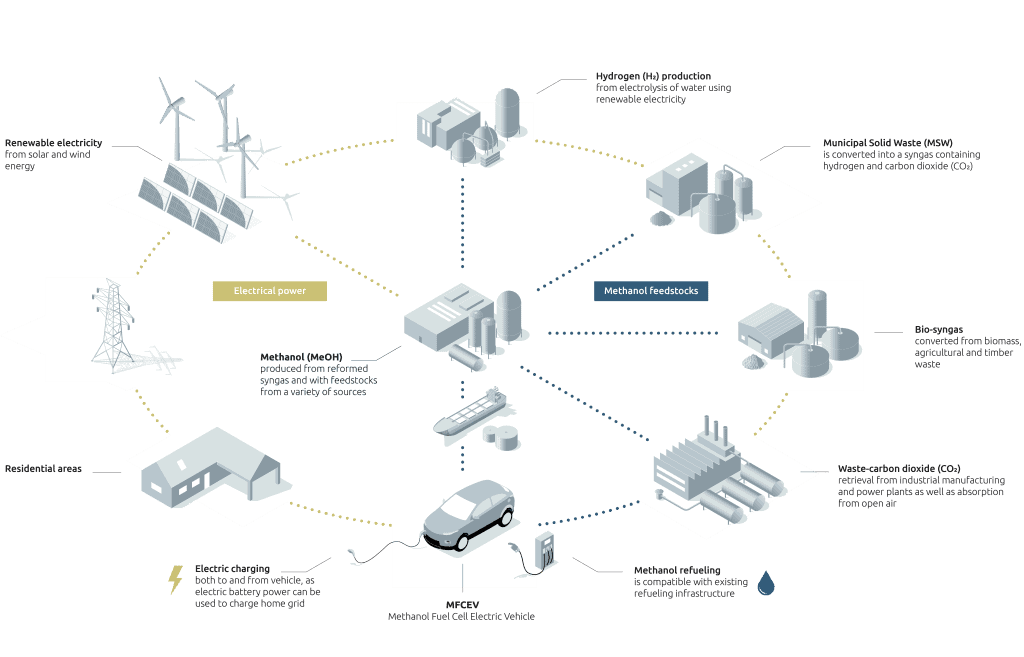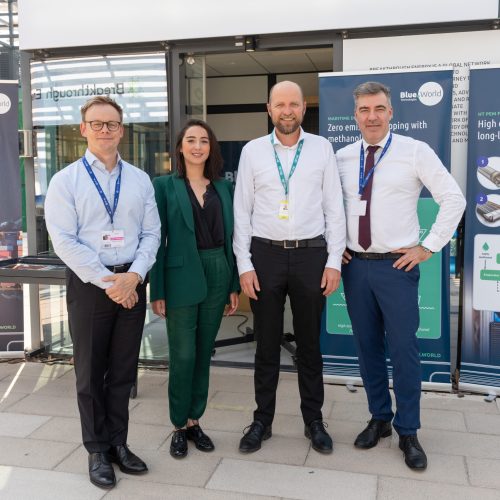This post is originally published by Anders Korsgaard, Chief Executive Officer and Co-founder at Blue World Technologies as an article on LinkedIn.

I read an article yesterday in a Danish national media about the dreadful events that recently occurred in Texas – reminding us just how exposed we would be if we were relying on batteries as the only means of energy storage in the future. Just try to imagine if the winter storm had happened in a situation where the entire transportation sector was also relying on grid power for battery charging.
When we design our energy system in the future, we need to plan for the worst-case scenarios as well – because one day the unlikely situation is deemed to happen. That is just math. Therefore, we need to preserve a high level of energy security in the green transition, and to do so we need liquid fuels that can be stored in large volumes and over a long time.
We should – instead of just pumping billions of euros into a fast-charging infrastructure – fully leverage the upcoming e-fuels using Power-to-X technologies. Yes, the thermal efficiency of producing electro-fuels is lower than direct charging of batteries as critics are saying. We are advocating for doing slow charging – when it is feasible – as it is the most efficient use of renewable power – period!
But fast charging not only let us foolishly rely on intermittent power sources but in addition, the investments are ridiculously high, and it destabilises the green energy transition by putting a high load on the grid during daytime where the power is needed elsewhere.
When converting to methanol fuel cells, each one of the cars, trucks, or ships are at the same time converted into small backup power plants (vehicle to grid) which can back up your home and the grid when there is a shortage of electricity in the grid, or in the case of emergencies. This contributes to the energy security of both the individual, but also on a grid level. As long as liquid methanol is available; the fuel cell will keep on producing electricity.
The cost-efficiency of liquid e-fuels in combination with fuel cells with fast filling is far better than 1) loading passenger cars and trucks with battery packs that are rarely used to the full extent; 2) rolling out billion EUR investments into fast charging or hydrogen fuelling stations.
So why do that when we already have the technology to make liquid fuels like methanol from biogas and -waste combined with renewable electrical sources and readily distribute it to ships, trucks, and cars? Luckily, we are seeing many activities around the world pulling in that direction. An example is Maersk, that last week announced that they will operate the world’s first carbon-neutral liner vessel on methanol by 2023.
Following the events in Texas, many have questioned the transition to renewable energy sources, as it compromises the energy security being dependant on when the wind is blowing or when the sun is shining – but when turning the green electricity into liquid e-fuels we are eliminating those concerns, and we can continue on the path towards a fossil-free future.


